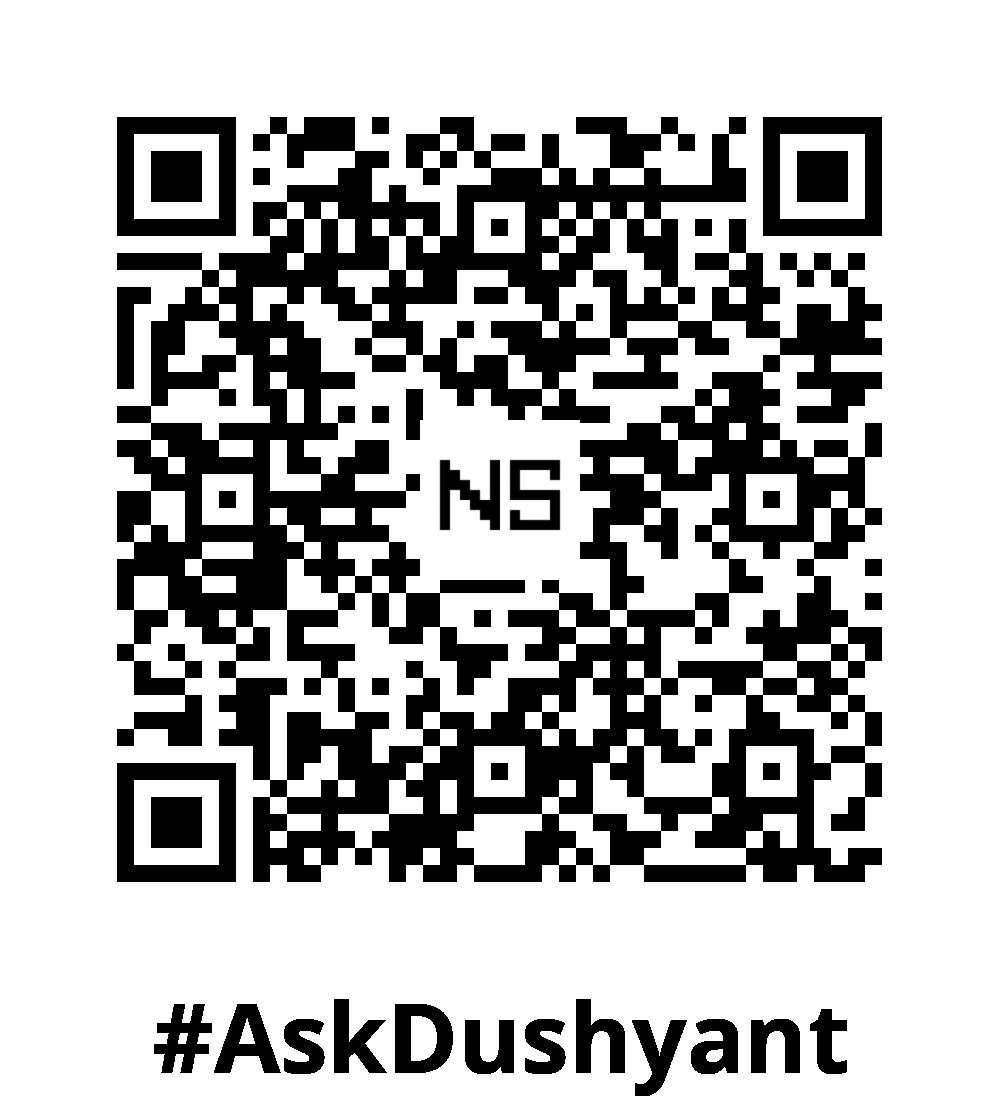Storing PDF and DOC files in databases is a common requirement in enterprise software, legal platforms, HR systems, and content management solutions. Whether you’re using MySQL, PostgreSQL, or MongoDB, the key lies in how your chosen programming language processes files into a format that the database can store efficiently and reliably.
In my 20-year tech career, I’ve been a catalyst for innovation, architecting scalable solutions that lead organizations to extraordinary achievements. My trusted advice inspires businesses to take bold steps for usage of future ready technology. In this tech concept, we explore how popular languages like Python, Java, Node.js, PHP, and C# handle PDF and DOC files for database storage, and how they interact with different database systems.
Core Workflow: How File Storage Works Across Languages
Regardless of language, the high-level process of storing a file (PDF/DOC) in a database typically follows these steps:
- Read the file in binary mode
- Convert the file into a byte array or buffer
- Format the binary data to match the target database’s requirements
- Insert the file along with metadata like filename, MIME type, and timestamps
Let’s explore how various programming languages handle this workflow, and the database-specific techniques they use.
Python
File Handling Concept
- Use
open(file, "rb")to read the file as binary. - Store the resulting
bytesobject into the database using appropriate driver methods.
PDF/DOC File Processing
- Use
PyPDF2orpdfplumberfor PDF content inspection (optional). - Use
python-docxfor DOCX content parsing if needed.
Database Techniques
- MySQL: Use
mysql-connector-pythonto insertbytesinto aLONGBLOBfield. - PostgreSQL: Use
psycopg2withpsycopg2.Binary()forBYTEAfields. - MongoDB: Use
pymongo, wrap binary withbson.Binary()or useGridFSfor large files.
Java
File Handling Concept
- Use
FileInputStreamto read files asbyte[]. - Use JDBC’s
PreparedStatement.setBinaryStream()orsetBytes()for safe insertion.
PDF/DOC File Processing
- Use Apache PDFBox for PDFs and Apache POI for Word documents if content processing is required.
Database Techniques
- MySQL: Use JDBC with
setBinaryStream()to insert into BLOB fields. - PostgreSQL: Use
setBytes()or stream with large object APIs. - MongoDB: Use MongoDB Java Driver; wrap binary with
Binaryor useGridFSBucketfor large files.
Node.js (JavaScript/TypeScript)
File Handling Concept
- Use Node’s
fs.readFile()orfs.createReadStream()to handle files asBuffer.
PDF/DOC File Processing
- Use libraries like
pdf-parse,pdfjs-distfor PDFs ormammothfor DOCX (optional for parsing, not needed for storage).
Database Techniques
- MySQL: Use
mysql2, send buffer data intoLONGBLOBusing prepared queries. - PostgreSQL: Use
pgand sendBuffertoBYTEAfield. - MongoDB: Use native MongoDB driver with
BufferorGridFSfor files >16MB.
PHP
File Handling Concept
- Use
fopen($file, "rb")withfread()to read file into a binary string. - Use
base64_encode()if required for transport or MongoDB insertion.
PDF/DOC File Processing
- Use
TCPDForDOMPDFfor PDF files, andPhpWordfor DOCX content if processing is required.
Database Techniques
- MySQL: Use PDO with
bindParam()andLOBto insert BLOB data. - PostgreSQL: Use
pg_escape_bytea()andpg_query_params()for inserting binary data. - MongoDB: Use the official MongoDB PHP library and
GridFSfor large files.
C# (.NET)
File Handling Concept
- Use
File.ReadAllBytes(filePath)to obtain abyte[].
PDF/DOC File Processing
- Use libraries such as
PdfSharp,iTextSharp, orAspose.PDFfor PDF. - Use
OpenXML SDKorAspose.Wordsfor DOCX file processing.
Database Techniques
- MySQL/PostgreSQL: Use ADO.NET or Entity Framework with
SqlParameterto store into BLOB or BYTEA. - MongoDB: Use the MongoDB C# Driver with
GridFSBucket.UploadFromBytes()for storing large files.
Database-Specific Considerations Across Languages
MySQL
- Use BLOB family types (
TINYBLOB,BLOB,MEDIUMBLOB,LONGBLOB) depending on file size. - Use prepared statements for binary-safe insertion.
- Consider tuning
max_allowed_packetfor large files.
PostgreSQL
- Use
BYTEAfor small to medium files (up to a few MB). - Use Large Objects (lo) and
OIDreferences for bigger files. - Wrap binary data with
pg_escape_bytea()or client-specific wrappers.
MongoDB
- Use
BinDatafor files under 16MB. - Use
GridFSfor files exceeding 16MB or when partial streaming is needed. - All official drivers support
GridFSBucketfor large files.
Summary: File Storage Techniques by Language and Database
| Language | File Read | Binary Format | MySQL | PostgreSQL | MongoDB |
|---|---|---|---|---|---|
| Python | open("rb") | bytes | mysql-connector + LONGBLOB | psycopg2 + Binary() | pymongo + GridFS |
| Java | FileInputStream | byte[] | JDBC + setBinaryStream() | JDBC + setBytes() or lo | MongoDB Java Driver + GridFS |
| Node.js | fs.readFile() | Buffer | mysql2 + prepared stmt | pg + Buffer | MongoDB native driver + GridFS |
| PHP | fopen() + fread() | binary string | PDO + LOB | pg_escape_bytea() | PHP Mongo Driver + GridFS |
| C# | File.ReadAllBytes() | byte[] | ADO.NET + SqlParameter | Npgsql + bytea | MongoDB .NET Driver + GridFS |
My Tech Advice: Each language provides simple mechanisms to read files and convert them into binary formats that can be inserted into relational or NoSQL databases. Understanding how your language interacts with the database enables you to build robust and efficient file storage capabilities directly in your applications.
- Use MySQL for simplicity and small-to-medium binary files.
- Use PostgreSQL when you require advanced binary handling or large object support.
- Choose MongoDB with GridFS for flexible handling of large and streamable files.
Ready to build your own tech solution ? Try the above tech concept, or contact me for a tech advice!
#AskDushyant
Note: The names and information mentioned are based on my personal experience; however, they do not represent any formal statement.
#TechConcept #TechAdvice #Database #FileSystem #Python #Java #PHP #NodeJS #C #MySQL #MariaDB #MongoDB #PostgreSQL


Leave a Reply